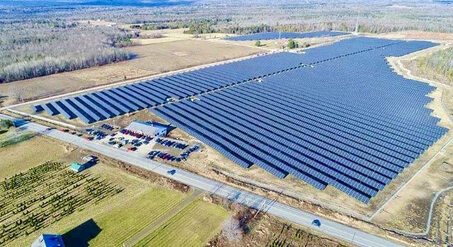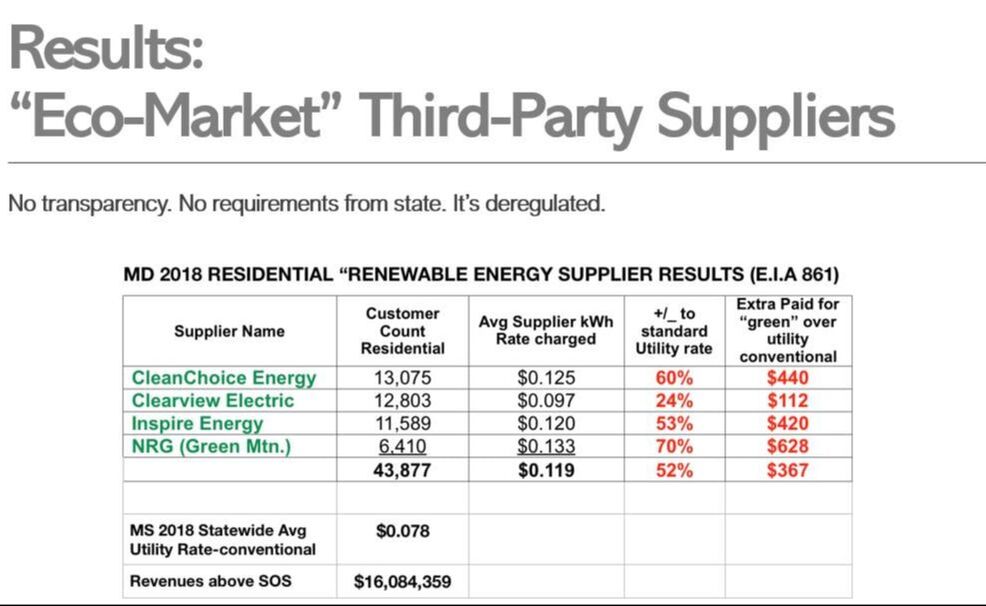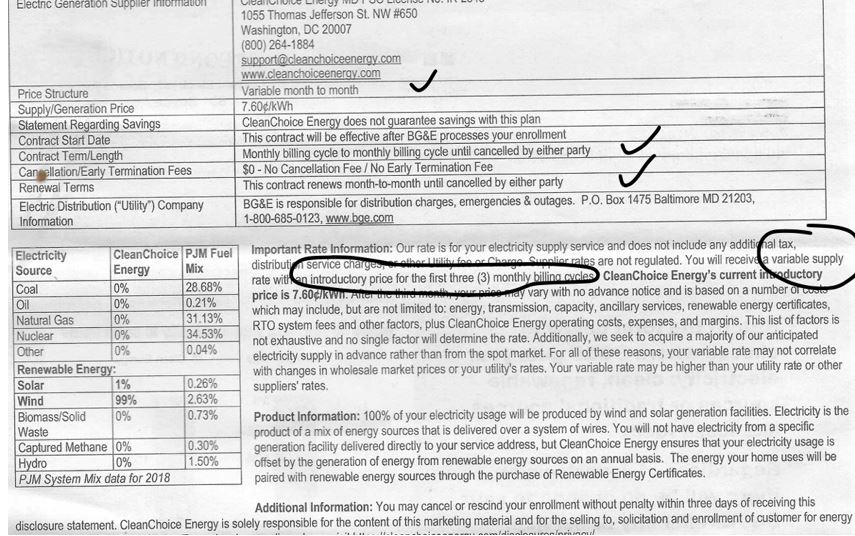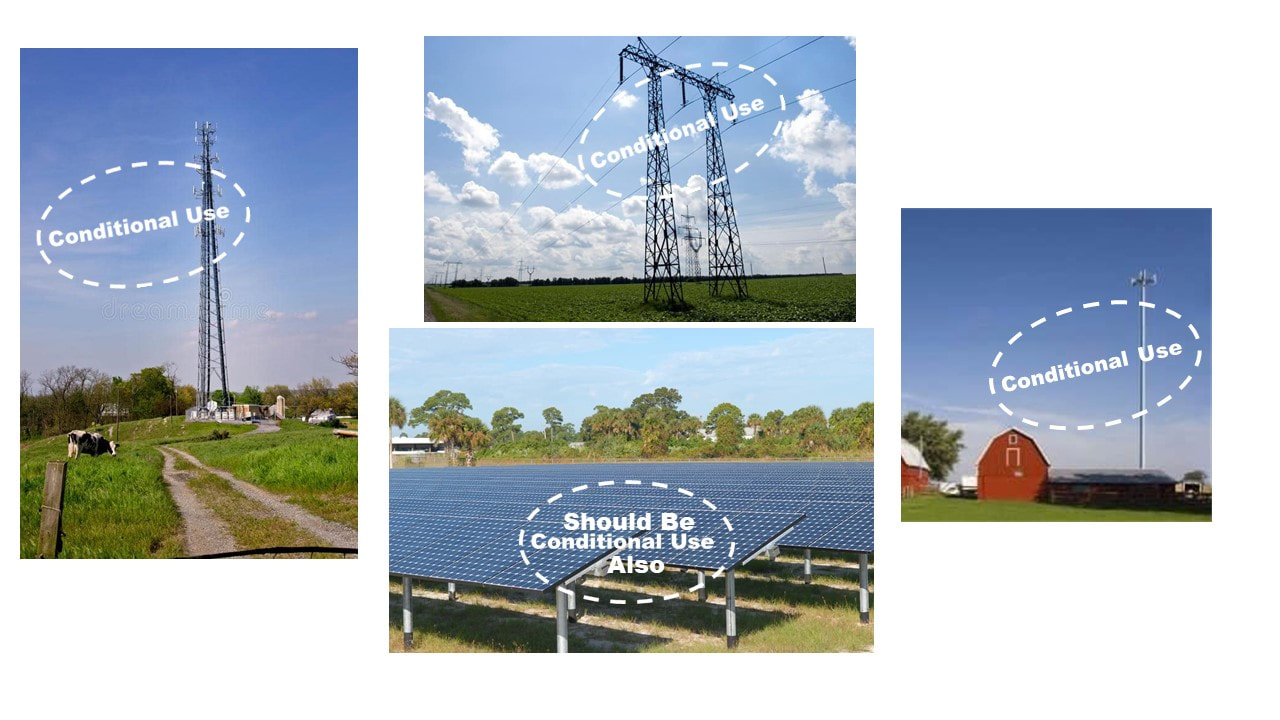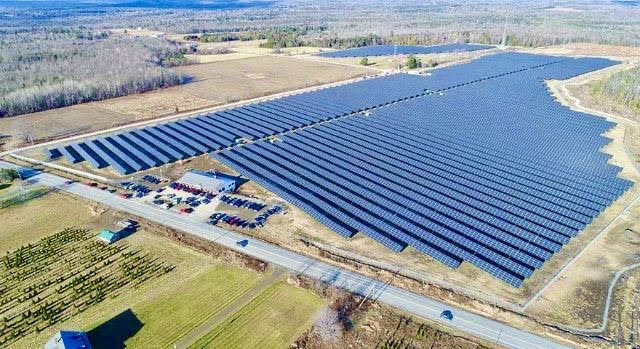Despite messages from bill sponsors and supporters to the contrary, the ZTA as amended will come up for a final vote at the full council once amendments are polished by the legislative drafter. This amended proposal is a compromise that allows farming and solar energy to co-exist. New mapping from the county is showing 400+ parcels are available for the 1-2MW systems proposed by the ZTA.
Press Release Here: Montgomery County Council Votes to Advance Solar in the Agricultural Reserve With Care
The vote:
A straw vote (firm) was 6-3 for conditional use (a process that will afford more care in siting). The official vote on this amendment will take place at next week's council session.
An official vote was 5-4 to protect Class 2 soils (in addition to the class 1 soils protected in the ZTA as written)
Thanks to Councilmembers Rice, Friedson, Katz, Navarro, Albornoz, and Jawando for their support and leadership. Particular kudos to Craig Rice and Andrew Friedson for their work on the amendments.
Our Coalition was strong and deep on this issue, we'd like to thank the more than 60 local and state civic groups that signed on to support the Ag Reserve Stakeholders compromise amendments. Huge thanks also go to our partners at Clean Water Action Maryland, and Sugarloaf Citizens' Association, the Montgomery County Women's Democratic Club, Takoma Alliance for Local Living Economy, the county Office of Agriculture. We were proud to work shoulder to shoulder with farmers Doug Lechlider and Randy Stabler who took lots of time away from the field to work tirelessly on this issue.
We'd also like to thank the many hundreds of residents that shared their concerns about this proposal with the Council. Your voice mattered and in these times we know you had many other demands on your attention. Thank You!
As Councilmembers said yesterday, this issue was a tough one but this compromise is the prudent path forward. As we grapple with threats such as climate change, we can't let the emergency before us cloud the manner in which we engage with the issue and with each other. Good faith compromises like this one are not possible without a shared set of facts. Claims of misinformation must be respectfully addressed. The challenges we face as a county, nation and world are surmountable when robust disagreement remains civil.
There’s a lot of critical work to be done on other fronts. The robust discussion around the vote at the council identified the work ahead to ensure that the Reserve is growing the next generation of table crop producers - with an eye to making land accessible to all who want to grow our region's food, particularly farmers of color. (Check out our Land Link program) Let’s get to it!
Press:
The Sentinel (before the vote)
The Sentinel (after the vote)
The Potomac Almanac (after the vote)
|
Montgomery Countryside Alliance is the small (but mighty!) award winning nonprofit with boots on the ground protecting Montgomery County's local farms, forests, water quality and the Ag Reserve. It is the support of local folks that lets us continue to do this work. Our lean, tenacious organization has once again been called "one of the best" in the DC region by Catalogue for Philanthropy. We we would be honored by your tax deductible gift.
|




